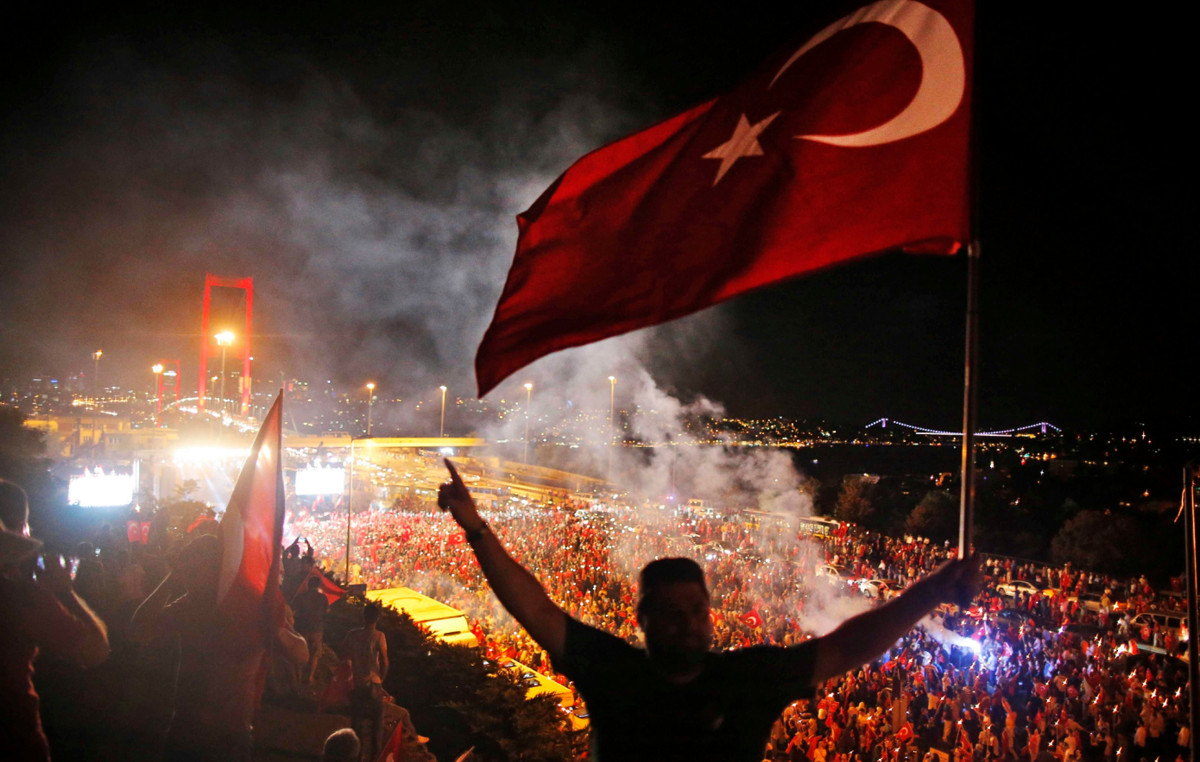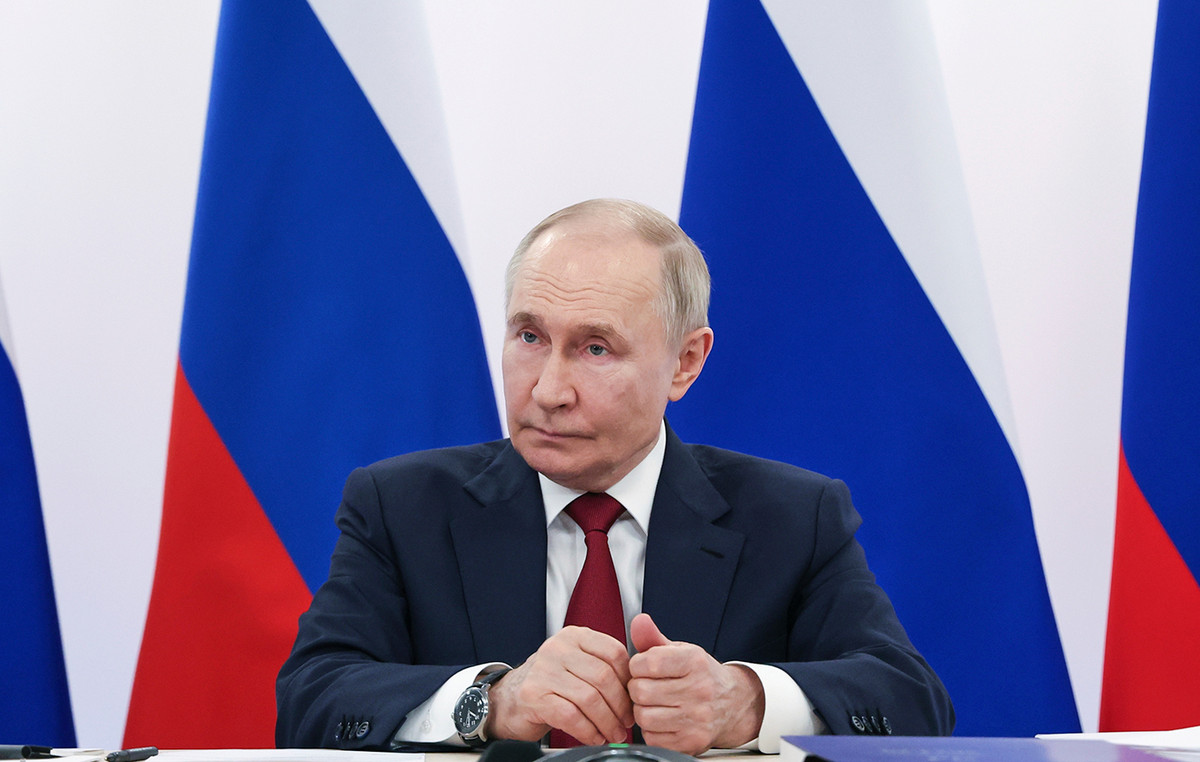If there is a time for everything, as Ecclesiastes says, it falls in the month in which the Transgender Day of Remembrance, the world day dedicated to remembering the victims of transphobia on November 20th, the first Vatican document that allows transgender people to receive baptism, act as godfather or godmother and be witnesses at weddings. The same goes for LGBTQIA+ people. Homoparental couples, however, will be able to baptize their children, whether adopted or born through gestation for others, in compliance with Catholic education. It’s all written in an unprecedented text, announced by many as disruptive, even if full of inaccuracies. Jesuit James Martin, pastoral reference for LGBTQIA+ believers in the United States, greeted it enthusiastically: “It is a historic step in the recognition of transgender people within the church and a recognition that they are Catholic like any believer” is his response to Vanity Fair.
The text, released by the Congregation for the Doctrine of the Faith and countersigned by Pope Francis, responds to six questions sent last July 14 by Msgr. José Negri,
bishop of Santo Amaro in Brazil. The document explains that a trans person, whether undergoing hormonal treatment or sex reassignment surgery, can receive baptism “under the same conditions as other believers”. Furthermore, the Vatican can also admit a transgender believer to the role of godfather or godmother, just as he can be a witness to a wedding because there is no law of canon law that prohibits it: «I am very happy even if I expected this welcome Already. I don’t forget the words that Pope Francis wrote to me in his letter: “We are all children of God, equal.” For me it was the promise that something would change, that he would do something to demonstrate that his words were not just words, but facts” he declares to Vanity Fair Alessia Nobile, trans woman believer, who last year personally met the Pope in Rome and then received a letter written by the Pope himself.
The Congregation for the Doctrine of the Faith explains that the answers essentially reiterate the fundamental contents of what has already been stated on the subject in the past.
from the same dicastery, and cites a confidential note on some canonical issues of 2018.
But the change of pace is evident. Fishing again another document sub secretum and revealed by the Catholic News Service agency in 2000, the Congregation sent to all the presidents of the bishops of the world a confidential text in which it indicated never to alter the sex indicated in the baptismal registers of the parishes. The note also stated that Catholics who have undergone “sex change” procedures cannot marry, be ordained to the priesthood or enter religious life. According to the Vatican source cited, the key point was that «the surgical operation is so superficial and external that it does not change the personality. If the person was male, he remains male. If she was female, she remains female.” Wilton Gregory, who today is considered among the most progressive cardinals but in those years was the bishop of Belleville at the head of the US episcopal conference, had then clarified that «the changed condition of a believer according to civil law does not change his canonical condition, who is male or female as determined al
moment of birth.”
Nothing could be further from this latest document, which confirms that for the Catholic Church, gender identity is no longer an obstacle to participation in the sacraments and the life of the church itself. In 2015 he made the story of Alex Salinas, 21 year old AFAB (assigned female at birth) Catholic who, in order to be the godfather of his nephew’s baptism, had knocked on all the parishes of San Fernando after
he had been denied the opportunity to do so. Salinas had said that, despite the initial yes, the priest of the parish of San José Artesano had retraced his steps after reading the documentation of his baptism requested from the bishopric. It was then
also the bishop of Cadiz and Ceuta, Msgr. Rafael Zorzona Boy, to deny him the possibility of being a godfather.
The Salinas case shows that, up to now, the game played by transgender people in the Catholic Church has taken place not only from a moral point of view, but also from a bureaucratic point of view, in baptismal registers. A letter issued by the Pontifical Council for Legislative Texts in 2017, referring to canon 877 on the annotation of parents in the baptism register and canon 1055 on reference to the terms man and woman in the sacrament of marriage, specified that it was not considered possible to annotate in the baptism register a «transgender father whose true nature is a transgender woman or mother whose true nature is a man.” Until now, in the most difficult cases, the church opted for the spiritual “godfather and godmother” option, provided for those people who do not possess the requirements established by the Code of Canon Law, but who have a “good intention” behind it. MP Carla Antonelli, the first trans parliamentarian in Spain, intervened on this in 2015, commenting on the Spanish church’s choice to deny Salinas being a godfather as a lie: «There is no Code of Canon Law that writes that a transsexual cannot be godfather. These are evaluations pulled out of the sleeve, an excuse to defend the indefensible.”
Over the years the Holy See has not spared itself in clarifying but excluding documents. On 10 June 2019, the document from the Congregation for Education was released
Catholic Male and Female created them which, extricating itself between an unspecified “gender ideology” always mentioned also by Pope Francis and the recognition that current gender studies can become “some possible meeting points to grow in mutual understanding”, recalled the «natural reciprocity of man and
woman” who is fully realized in the family, understood as “natural society”. The document goes from the frying pan to the fire in point 25, which underlines: «The attempt to overcome the constitutive difference of male and female, as happens in intersexuality or transgender, leads to a male and female ambiguity, which contradictorily presupposes that sexual difference that one intends to deny or overcome. This oscillation between male and female becomes, in the end, only a “provocative” exposition against the so-called “traditional schemes” which does not take into account the suffering of those who live in an indeterminate condition”. At the time Father James Martin defined the text as «a dialogue with philosophers and theologians […]not with scientists and biologists nor with 9psychologists nor certainly with LGBT people whose experiences are given little or
no burden.” Today he himself comments on Vanity Fair: «I hope that this statement from the Vatican reminds people around the world to consider transgender people neither as an issue nor as an ideology nor even as a stereotype, but as people. And I hope this helps people of faith to see them as beloved children of God.”
It also opens up the possibility for an LGBTQIA+ couple to baptize their child, even if born through gestation for others. The church of Pope Francis does not exclude anyone from baptism because «the Church is not a customs house, it is the paternal house where there is
room for everyone with their tiring life.” The points dedicated to believers defined as “homoaffective” are those in which the Pope’s imprint is most evident. When he was archbishop of Buenos Aires, Bergoglio was in favor of regulating civil unions,
consider it a lesser evil than marriage. In the Argentine debate on the need for a law recognizing homosexual marriage, the then Cardinal Bergoglio had spoken about it with the Argentine bishops: he was then head of the Argentine Episcopal Conference, and in a plenary meeting he was among the few who proposed to support an attempt to legislate civil unions, but then had to adapt to the majority that had voted against. In the document, the most intransigent position is in the evaluation of a godfather or godmother in the case in which “the cohabitation of two homoemotional people consists, not in simple cohabitation, but in a stable and declared more uxorio relationship, well known by the community”. Once again, the acceptance of the individual person clashes with the possibility that this same person can find a way to live his life
affections outside of the canonical ones imposed by the church, such as marriage.
Certainly there are still important steps to be taken, because the document does not take away from ministers the power to include or not a member in the life of the local church. On the possibility that a transgender believer can act as godfather or godmother or witness to
wedding, Pope Francis enters the realities of local churches like an elephant in a glassware shop. In the name of “pastoral prudence”, in fact, the Congregation asks ministers to evaluate whether the presence of a person undergoing hormonal treatment or surgical sex reassignment could create “danger of scandal” or “educational disorientation of the ecclesial community”. But who decides what creates a scandal or not? In the United States, for example, dioceses such as Springfield (Illinois), Salina (Kansas), Milwaukee (Wisconsin), just to name a few, have issued directives with restrictions for LGBTAQI+ Catholics. The transgender issue, then, is even more problematic. Bishop Michael F. Burbidge, in a document addressed 6 to all the pastors of the Diocese of Arlington, underlines that «the claim of “being transgender” or the desire to seek “transition” is based on an erroneous vision of the human person, it rejects the body as a gift from God and leads to serious harm.”
How will their disposition change if a document mentions prudence? The issue is even more urgent in the case of LGBTQIA+ trainers in Catholic institutes, who may risk dismissal. Some inaccuracies also concern the use of the terminology used. The document uses the term transsexual extensively to refer to transgender people. A difference that is not a trivial matter, given that transsexual means a person who, sensing a discordance between biological sex and gender identity, decides to surgically reassign sex. The document, however, specifies – for example in reference to baptism – that transsexuals can also include those who undergo hormonal treatment and also pay attention to “children or adolescents with problems of a transsexual nature”. The same goes for the points dedicated, in a broader sense, to LGBTQIA+ people. The acronym is never used, while the term “homoaffective” person remains, without any reference to the specters of sexuality. Reality is superior to the idea – writes Pope Francis in the apostolic exhortation Evangelii Gaudium. The text is certainly a first, important step for those within the Catholic institution who have not yet realized it.
Source: Vanity Fair
I’m Susan Karen, a professional writer and editor at World Stock Market. I specialize in Entertainment news, writing stories that keep readers informed on all the latest developments in the industry. With over five years of experience in creating engaging content and copywriting for various media outlets, I have grown to become an invaluable asset to any team.







